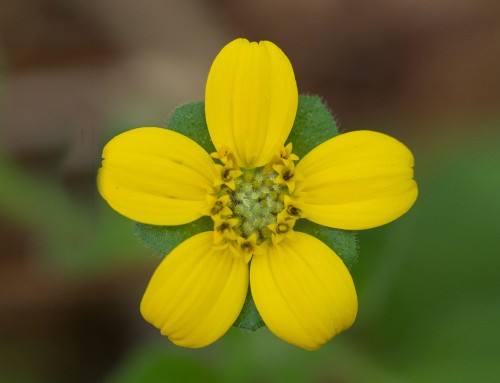Efficient photo organization gets you through post-production quickly, so you can spend more time being creative. This tutorial demonstrates how to set up simple rules in Exposure that organize images automatically.
Photos: Hiram Trillo
Transcript
Destination Folders and Subfolders
Exposure can automatically create folders and organize images. This is useful when copying images from camera cards or when exporting finished photos. Enable this functionality by setting Destination preferences.
The Destination tools define where Exposure will save the images you’re working with. Direct Exposure to organize photos into folders by creating a few simple organization rules.
If images from a single project are being copied, you only need one main folder. For that, add a subfolder using the Project or Client name.
Photos from this project were captured over multiple days. Setting a subfolder that uses capture time will have Exposure file images into dated subfolders, automatically.
Ask Custom Text
Speed up organizing one step further by using the Ask custom text option. This streamlines naming folders and images, by prompting you for a name to use for folders and files when you copy images to your computer..
Use the Ask option when setting rules for new folders, such as the project name folder we just used. In the Destination section, change the Custom Text to the Ask option from the dropdown. ‘Prompt me when run’ will show in the dialog once it’s selected. This means that once the copy process begins, a dialog will appear where you enter text to use in that component of the folder name.
Automatic Naming
You can customize how Exposure formats the naming components it generates. This enables you to seamlessly use Exposure with your existing organization system. This capability is another way Exposure can save you time while ensuring that your photos are organized consistently.
The Destination options for this project use subfolders to organize images by date. The current formatting of the date uses a preset style from the menu. There are several built in options to choose from. You can also define a custom format with a simple expression.
As it is typed in, notice the preview of the filename to verify the expression is correct.
Type lowercase ‘yy’ to include the two digit year, include a dash to separate it from the two-digit month, capital ‘MM,’ another dash, the day ‘dd,’ hour ‘HH,’ and minute ‘mm.’ Click the question mark icon to see a reference guide for writing Capture Time expressions.
After setting rules for Destination, save them as a preset. That enables you to reuse the exact same settings again in the future.












